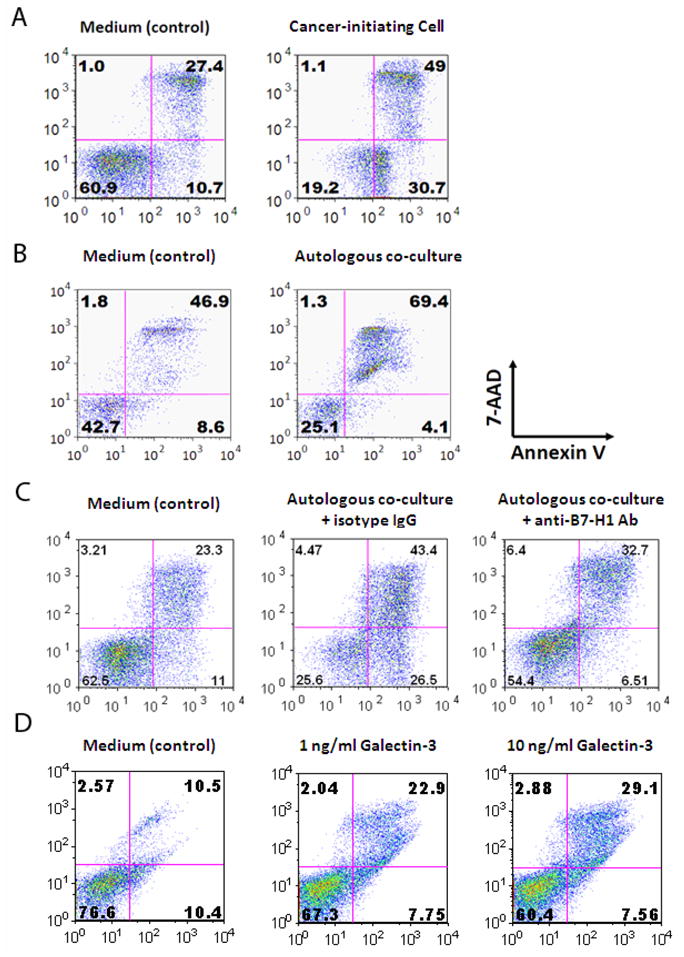Figure 4. Glioma associated cancer-initiating cells trigger T cell apoptosis.

A. After culturing with the glioma associated cancer-initiating cells supernatants, T cells were stimulated with anti-CD3/CD28 and stained with 7-AAD and Annexin V. Compared to medium alone (control), the glioma associated cancer-initiating cells enhanced T cell apoptosis. B. The glioma associated cancer-initiating cells induce T cell apoptosis through cell-to-cell contact. The glioma associated cancer-initiating cells were co-cultured with autologous PBMCs at a 1:10 ratio, and an apoptotic assay was performed after 3 days of culture. C. B7-H1 blockade in cell-to-cell contacting context reduces T cell apoptosis. Both apoptotic and pre-apoptotic T cell percentages decreased when addition of B7-H1 neutralizing antibody was added to culture conditions compared to the isotype control. One representative FACS plot is shown. Similar results were obtained for glioma associated cancer-initiating cells and autologous PBMCs from two other patients. D. Galectin-3 can induce T cell apoptosis in a dose dependent manner within physiological ranges produced by cancer-initiating cells supernatants.
